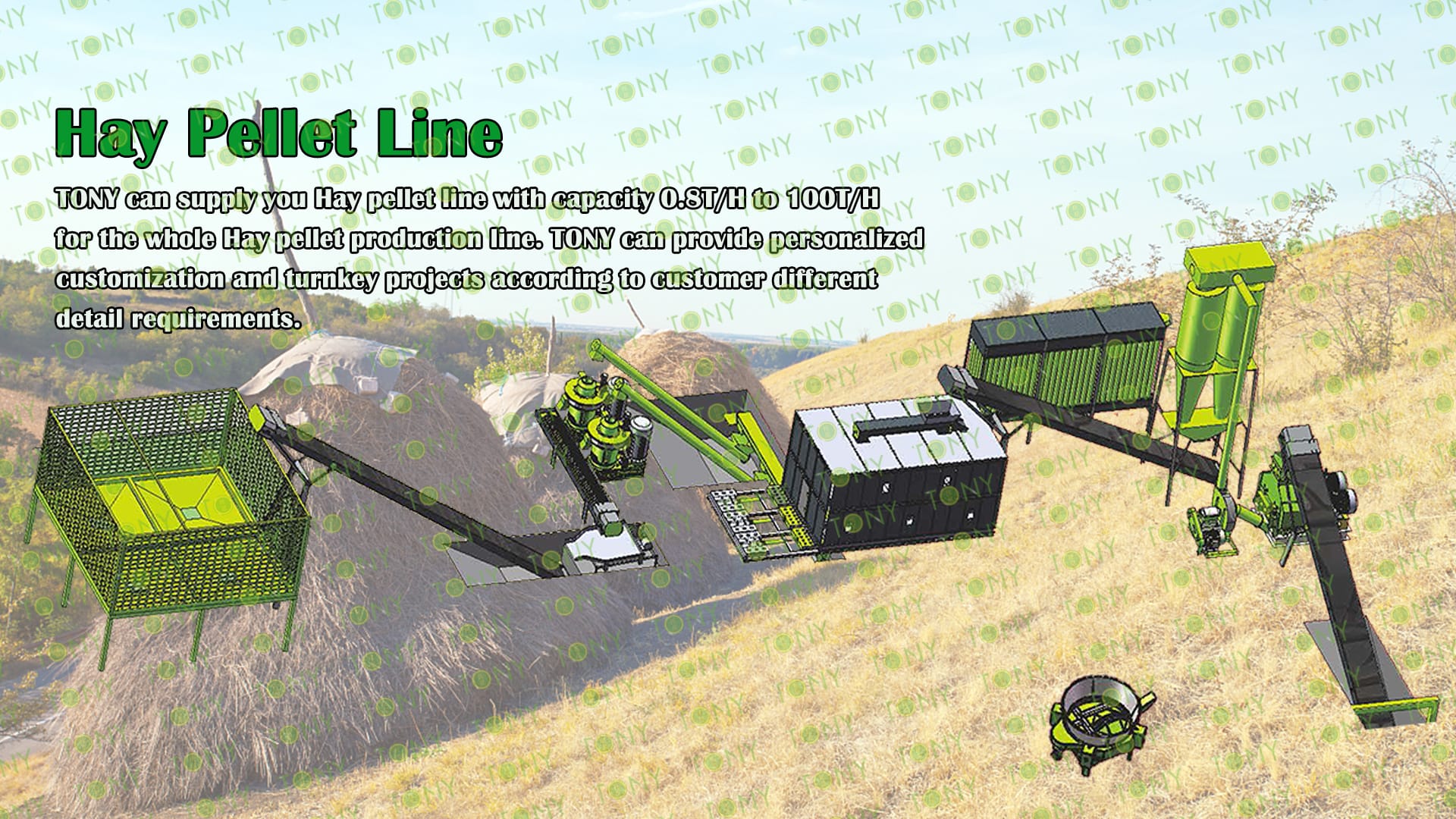
TONY Design 4-5Ton/Hour Hay Pellet Production Line Specification
The countries with the largest grassland areas mainly include Australia, Mongolia, China, Russia and the United States.
Australia: Australia is the country with the largest grassland area in the world, with about 458 million hectares of grassland, accounting for about 14% of the global grassland area12. Australia has a variety of grassland types, including moist tropical grassland, subhumid tropical grassland, dry tropical grassland, arid grassland, dry temperate grassland, subhumid temperate grassland, moist temperate grassland and subalpine grassland. Mongolia: Mongolia's grassland area is also very large, ranking second in the world.
Mongolia:Mongolia's grassland area accounts for about 80% of its land area, mainly distributed in the plateau areas in the north and west. China: China's grassland area is also very considerable, ranking third in the world. China's grasslands are mainly distributed in the north and west, including the Inner Mongolia grassland, the Qinghai-Tibet Plateau grassland, etc.
Russia: Russia's grassland area is also very large, ranking fourth in the world. Russia's grasslands are mainly distributed in Siberia.
United States: The United States' grassland area is also quite large, ranking fifth in the world. Grasslands in the United States are mainly distributed in the central and western regions. The reason why these countries have large grassland areas is mainly because they have vast plains and suitable climatic conditions, which are conducive to the growth of grass. For example, Australia has abundant grassland resources, which not only meets the needs of domestic animal husbandry, but also exports a large amount to other countries, providing a stable supply for the global grass market.
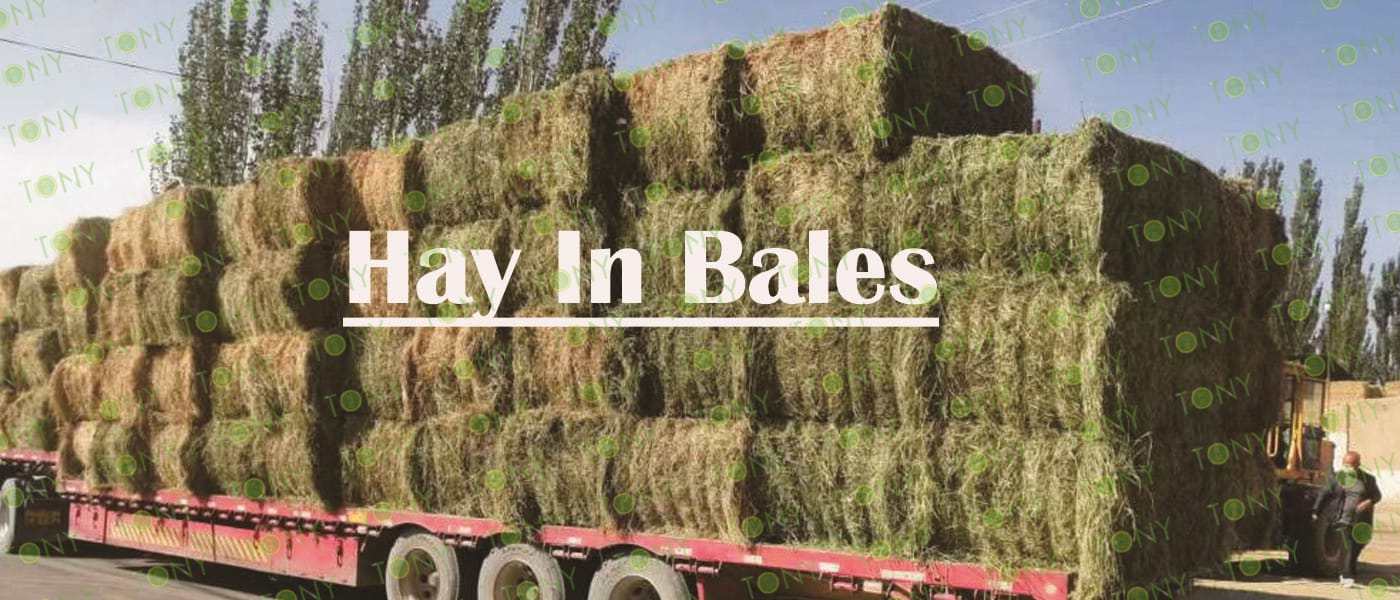
It is feasible to feed sheep with grass pellets throughout the whole process, but attention should be paid to feeding balance and the adaptability of sheep.
1. Advantages Of Grass Pellets
Grass pellets have the advantages of long shelf life, less waste, easy storage, and convenient feeding. They are widely used in feed for animals such as dairy cows, horses, and pigs. Many farmers have thought of feeding sheep with grass pellets, which is not only convenient, but also increases feed utilization and saves costs.
2. Problems With Feeding Sheep Throughout The Whole Process
However, can grass pellet feed completely replace natural grassland feeding during the whole process of feeding sheep? In fact, sheep can also get sunlight, wind, rain and other natural environment when eating grass in the wild. Feeding with pellets throughout the whole process may affect the adaptability and physical condition of sheep. In addition, the type and quantity of grass pellet feed should also be selected with attention. Excessive or unbalanced feeding will affect the health of sheep.
3. How To Feed Properly
In order to make it more feasible to feed sheep with grass pellets throughout the whole process, the following points need to be noted:
1). Control the type and amount of grass pellets fed, and it is best to combine it with natural pastures to ensure that the sheep get enough nutrition.
2). Do not blindly pursue convenience, but let the sheep graze in the wild to get the influence of the natural environment.
3). For young or sick sheep, it is not advisable to feed too much pellet feed, and natural grassland should be the main feed.
4. Conclusion
It is feasible to feed sheep with grass pellets throughout the whole process, but attention should be paid to the feeding balance and adaptability of the sheep. In order to achieve better breeding results, it is best to combine it with natural pastures, so that the sheep can grow and develop in a suitable environment and improve breeding efficiency


1. Waste Utilization, Unlimited Business Opportunities
In the countryside, waste such as hay, grass, and dead grass can be found everywhere, which used to be considered useless, but now become valuable raw materials for fuel pellet processing plants.
Through specific processing processes, these wastes can be converted into efficient and environmentally friendly fuel particles, which become hot products on the market. With the increasing severity of global environmental problems, the use of traditional coal and other energy sources has been limited, and biomass fuel particles, as a clean and renewable energy source, have gradually been favored by the market. It not only has high combustion efficiency, but also emits less pollutants, which is in line with the policy orientation of energy conservation and emission reduction.
2. Broad Market Prospects
The market prospect of fuel pellets is very broad.
On the one hand, with the development of the economy and the improvement of living standards, the demand for clean energy is growing, and biomass fuel particles, as a new type of clean energy, have great market potential. On the other hand, compared with traditional coal resources, biomass pellet fuel is clean and sanitary, low pollutant emissions, and can greatly alleviate the global energy shortage
At present, fuel particles have been widely used in home heating, industrial boilers, biomass power plants and other fields. With the continuous progress of technology and the continuous development of the market, the application range of fuel particles will be further expanded.

Hay biomass pellet is a new type of rod-like fuel which is compressed by recycling hay and dead grass after drying treatment. In the current situation of increasing lack of energy, the emergence of new biomass pellet fuel is undoubtedly in line with the development of the current era, compared with traditional energy, biomass pellet fuel environmental protection, high heat, favored by more and more people
Biomass Pellet Production Is Affected By Many Factors, Mainly The Following Factors:
1. Raw Materials: the less impurities in raw materials, the higher the output of finished particles processed, and the higher the quality. The raw materials with more impurities need to be selected for screening treatment, which may have more losses, and then dried for granulation. The yield will be relatively low.
2. Humidity Of Raw Materials:The humidity of the raw material is also called the water content of the material, and the best moisture content of the biomass particles is 10%-15%, and the excess water of the raw material needs to be dried before the production of particles, and then the compression plasmid. If the water is too high, the heat transfer rate in the body will be reduced during granulation, the evaporated water will form high-pressure steam in the hole of the molding mold, so that the particle density produced is low, the surface cracks, easy to break, and the amount of finished products made of materials with more water content is less.
3. Select The Quality Of The Device:The quality of the equipment can be said to be very important, in the same humidity, the same raw materials, determine the quantity and quality of biomass particles finished products is the quality of the selected technology processing equipment. Therefore, it is very important to choose a good biomass pellet production line. Tony has over 20 years of experience in the industry, you can contact Tony for more information

The use of hay, weeds, after crushing, crushing, extrusion (compression), made of biomass "pellet" fuel, instead of coal, oil and other non-renewable fuels, with good economic benefits, environmental benefits and social benefits.
To change the energy consumption structure and prevent air pollution has become an important issue for the sustainable development of society and economy. How to find clean energy sources to replace fossil fuels (e.g., coal and oil). As a renewable and clean energy, biomass energy has attracted more and more attention. The use of hay, weeds, after crushing, crushing, extrusion (compression), made of biomass "pellet" fuel, instead of coal, oil and other non-renewable fuels, with good economic benefits, environmental benefits and social benefits, specifically reflected in the following aspects:
1. Economic Benefits
The use of hay, weeds, and dead grass as raw materials for biomass pellets is because these belong to agricultural waste resources, the amount of resources is huge, raw materials are easy to obtain, and the cost is very low, even if coupled with some other costs, such as fuel and power costs, wages and benefits, equipment depreciation, etc., overall, the cost is still very low. The price of hay particles on the market is still gradually rising, which can bring customers a lot of economic profits.
2. Environmental Benefits
Improper handling of hay will pollute the environment to some extent. Pellet fuel made from hay is burned in special gasification boilers. The thermal efficiency is 81%. CO2 and SO2 emissions are close to zero. It can replace non-renewable fuels, such as coal and oil, and reduce the environmental impact of waste.
3. Social Benefits
The completion of the hay pellet production line project can not only increase income, but also expand employment and reduce social unemployment; Secondly, the products can replace non-renewable energy, solve the energy crisis, and have certain social benefits for the establishment of a sustainable energy system and promote economic development.
Biomass pellet fuel has the characteristics of energy saving, environmental protection, saving non-renewable resources, and alleviating the contradiction of power and oil shortage. With the continuous popularization and application of biomass fuel, the demand for biomass pellet fuel will inevitably increase greatly in the future. The market prospects are very bright.
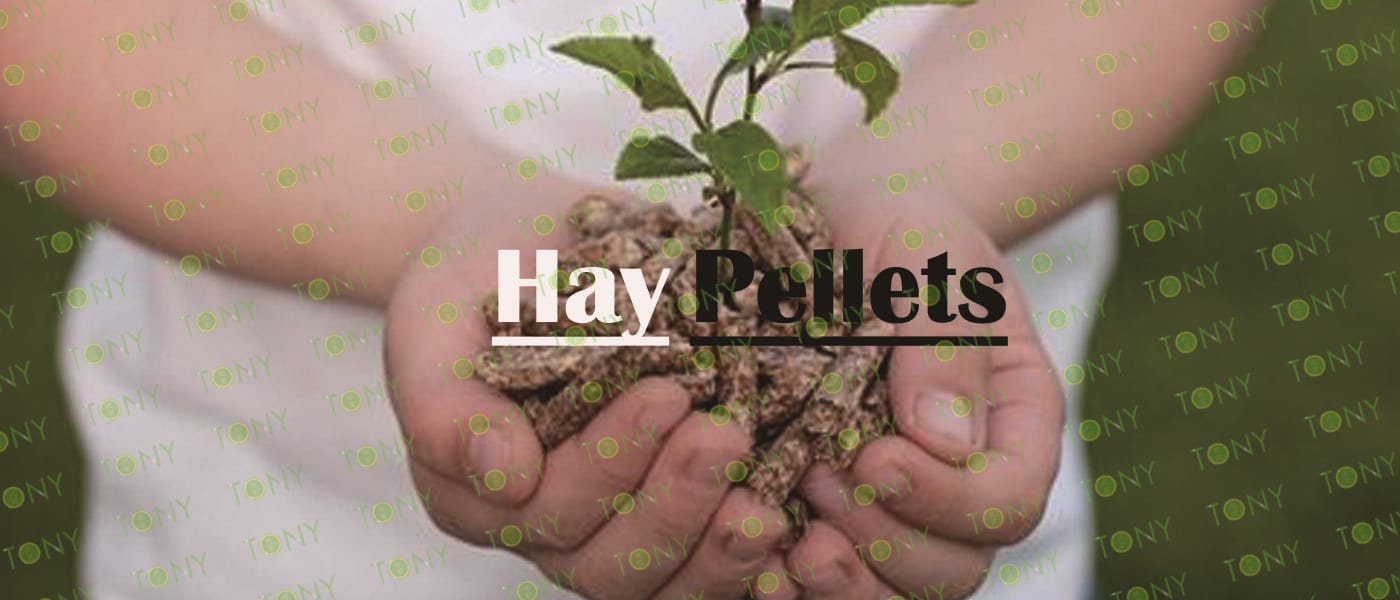

1. Appearance Of Hay Pellets
The appearance of hay pellet fuel is cylindrical, the surface is smooth, slightly shiny, the density is >1, the color is grayish yellow, the outer diameter is 6~9 meters, the length is 10~36 mm
2. Calorific Value Of Hay Pellets
The calorific value of a unit mass of hay pellet fuel, the amount of heat released when completely burned. Due to the large density of hay particles, so the combustion efficiency is high, the central temperature during combustion can reach 1100℃, the calorific value can reach 3700~4000 kcal per kilogram, the density of 1.1 tons per cubic meter, ash content <8%, in comparison with coal and oil, also shows its own unique advantages.
3. Full Combustion, Less Residual Ash
Hay pellet fuel has the characteristics of no deformation, no falling apart and easy to burn during combustion. Due to the high pressure molding, the particle density is large, so the fire resistance, high temperature. Coupled with reasonable air distribution, sufficient oxygen supply, secondary combustion can be achieved, so no pollution, high fuel efficiency, less residual ash compared with coal, collected residual ash can be directly returned to the field, as a potassium fertilizer, is an ideal clean energy.
4. Clean And Environmentally Friendly
The use of hay pellet fuel is clean, environmentally friendly and less polluting. When the hay grain fuel is burned, the dust concentration is less than 40 chamber grams per cubic meter, and the emission of sulfur dioxide is 1/15 of that of coal burning and 1/7 of oil burning. Therefore, the use of hay pellet fuel is an effective way to improve air quality and avoid the greenhouse effect.
5. Convenient Transportation And Easy Storage
In addition, hay pellet fuel is easy to transport and easy to store. Since the straw is made into pellets, the volume is compressed by nearly 9 times, so it is convenient for transportation and storage, which greatly reduces the storage and transportation cost. Hay pellet fuel is not easy to mildew in summer, fire retardant, easy to long-term storage, can be used as a reserve fuel in disaster prevention and disaster prevention.
Overall, hay pellet fuel is a fuel that is efficient to burn, easy to store and transport, and sustainable to use. In the field of energy production and environmental protection in the future, pellet fuel will be more widely used and promoted.
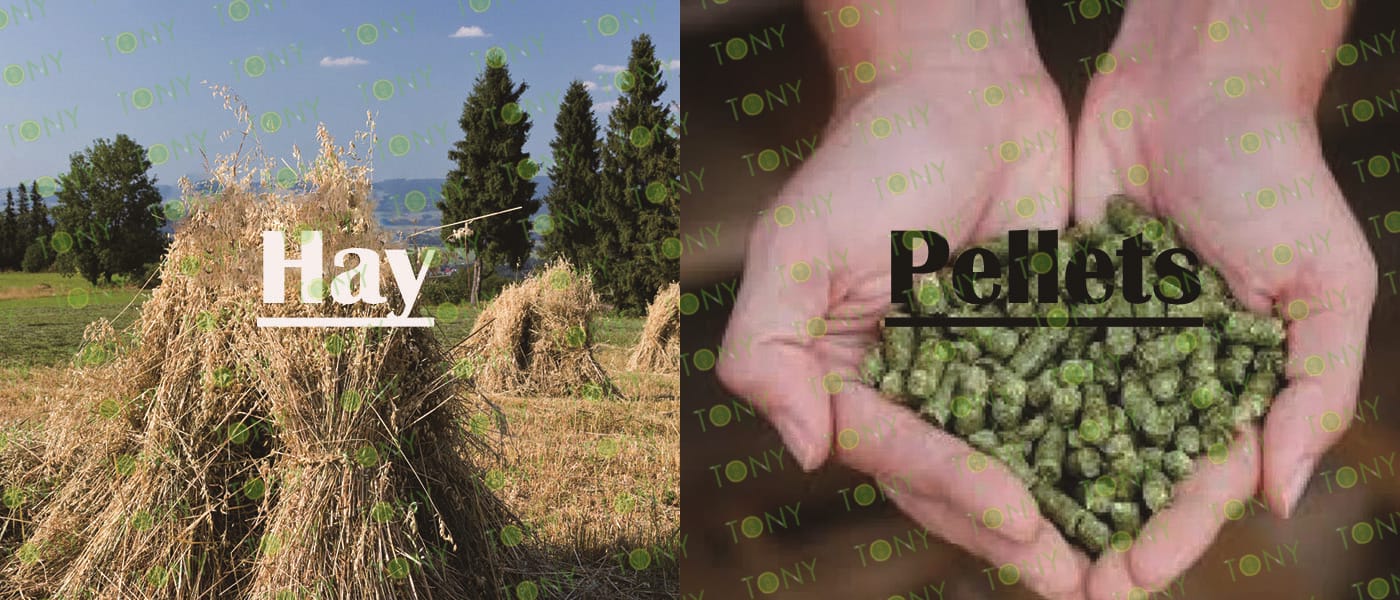

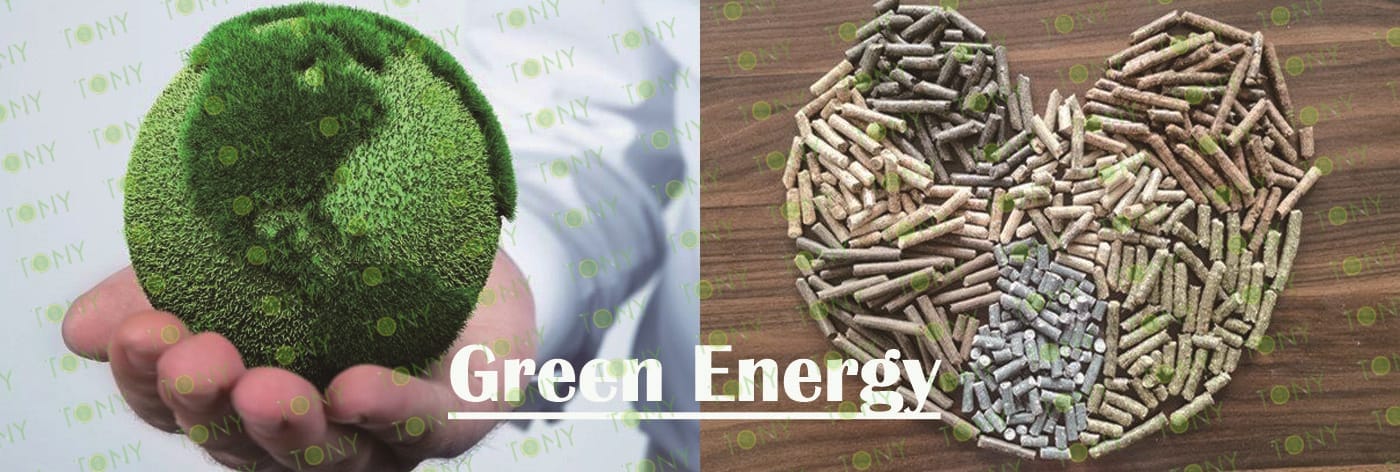
Grass pellet market analysis can be discussed in detail from multiple aspects such as market size, market supply, market demand, market competition pattern and policy environment.
Market Size And Growth
The grass pellet market, especially alfalfa pellets, has shown a significant growth trend worldwide in recent years. According to the forecast of Luyi Market Strategy, the global alfalfa pellet market size has reached a significant level in 2023 and is expected to continue to grow rapidly in the next few years. In China, with the advancement of the dairy industry revitalization plan and the grain-to-feed policy, the alfalfa pellet market has shown great development potential.
Market Supply And Demand
The supply of the grass pellet market mainly depends on production technology and quality control. In terms of market demand, with the global population growth and the increase in consumer demand for high-quality meat and dairy products, the demand for high-quality feed in the animal husbandry industry has also increased, which has promoted the development of the grass pellet market.
Market Competition Pattern
The market competition pattern of the grass pellet industry is complex, and the main competitive factors include:
Intra-industry competition: Slow industry growth leads to fierce competition for market share, a large number of competitors and little product difference.
Customer bargaining power: Whether customers can prompt sellers to lower prices, improve product quality or provide better services.
Bargaining power of suppliers: Can suppliers persuade buyers to accept higher prices, earlier payment times, or more reliable payment methods?
Threat from potential competitors: New entrants will bring new production capacity, share resources and market share, which may lead to rising costs and falling profits.
Substitute product pressure: Competitive pressure from products with the same functions or meeting the same needs.
Policy Environment And Future Trends
The policy environment has an important impact on the development of the grass pellet market. For example, China's dairy industry revitalization plan and grain-to-feed policy have provided a good development environment for the alfalfa pellet industry. In addition, technological advances such as the continuous advancement of pelleting technology and feed processing technology have also significantly improved the production efficiency and product quality of grass pellets, further promoting the development of the market.
In summary, the grass pellet market will continue to be driven by policy support and technological progress in its future development, the market size and demand will continue to grow, and market competition will become increasingly fierce.

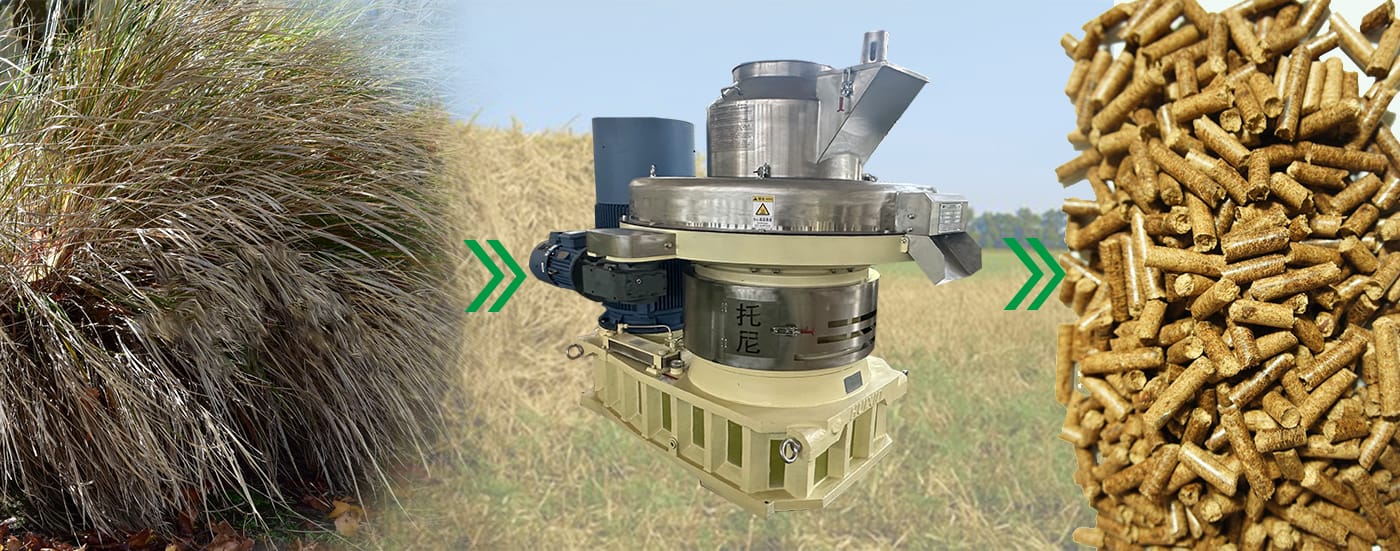
1.The Working Principle Of Hay Biomass Pellet Processing Equipment
Hay particles are fuel particles made by grinding, crushing and granulation of hay. Its preparation mainly has the following steps
First of all, the hay is cleaned, cut or dried, so that its water content is reduced to less than 15%. Then the treated hay is broken into sheets using a rotary cutter, crushed into sawdust using a grinder, and then compressed into tight, uniform size, smooth surface particles using a pellet machine
2.Characteristics Of Hay Pellet Biomass Pellet Processing Equipment
(1)hay pellet biomass pellet processing equipment has the characteristics of high efficiency and low energy consumption, which can rapidly process biomass raw materials into fuel pellets, improving production efficiency.
(2) Biomass pellet machine has a variety of specifications of the mold, according to different biomass raw materials to choose the corresponding mold for processing, improve the adaptability of processing.
(3) The processing equipment of biomass pellets has the characteristics of high automation and good safety, effectively reducing labor intensity and improving production efficiency.
(4) The quality and specifications of pellet biomass fuel processed byhay biomass pellet processing equipment are stable and meet the requirements of production standards.
3.Application Scenarios Of Hay Pellet Biomass Pellet Processing Equipment
Pellet fuel is used in a wide range of areas, including rural life, industrial production and commercial use.
In rural areas, for example, pellet fuel is often used for cooking, heating and cleaning;
In industrial production, it is usually used for power generation and heating, and large and medium-sized enterprises have the use of particles in factories;
In the commercial field, pellet fuel is widely used in bath centers, restaurants, hotels and so on.

As a professional hay pellet factory manufacturer with more than 25 years of history in China. TONY Company can provide customers with a wide range of vertical ring mold hay and various grass pellet machines capacity from 0.8T/ Hour to 100T/ Hour to customer's demand.
Pellet fuel is a type of fuel composed of small particles of matter, which is mainly used in energy fields such as heating and power generation. Pellet fuel can be made from a variety of different substances, such as: wood chips, sawdust, straw, wood waste, etc., and is widely used in different fields.
Tony brand 4-5 tons/hour hay granule manufacturing device can be hay, a variety of grasses, such as grass, hay, alfalfa, etc., hay as raw materials, after pretreatment processing curing into high-density hay granule fuel, is an ideal fuel to replace coal and oil, with energy saving and emission reduction. At present, it has been widely used in countries with various crop straws as raw materials.
1. Capacity: 4-5 tons/hour
2. Raw materials: hay, grass, alfalfa and other bales.
3. Humidity: wet type, about 10-15%.
4. Use: various grasses.
Suitable for customers: green energy companies, large farms, private growers and other customers with advantages in grass raw materials.
5. Finished particle market: large power plants (domestic customers, as well as Japan and South Korea, South Korea more), home heating, industrial heating, combustion heating, heating heating, boiler room, school canteen, casting heat source.

As a professional Hay Pellet line manufacturer for more than 25 years in China. This pellet line is capacity with 4-5 Ton/Hour produced by TONY for India customer,TONY can also supply cutomers with integrated customized solutions and turnkey projects.
1.Project Name:Hay Pellet Line
2.Raw Materisl: Bales of Hay
3.Moisture Of Raw Material: Dry Type 10-15%
4.Capacity:4-5Ton/Hour
5.Process:Grinding Process→Fine Crushing Process→Storage Process→Pelleting Process→Screening process→Cooling Process
6.Main Machine:Straw Cutter,Dual Shaft Hammer Mill,Hydraulic Storage Silo, Pellet MachineTYJ551-Ⅲ-132KW,Pellets Swinging Screen And Belt Conveyors
7.Total Power:About610KW
8.Need Area: About 600-800㎡
9.Project Country:India


Project Brief Introduction: 1.Product: Hay Pellet Line 2.Capacity: 4-5T/Hour Hay Pellet Line Project Process 4.Main Machine: Straw Cutter,Dual Shaft Hammer Mill,Hydraulic Storage Silo,TONY Pellet MachineTYJ551-Ⅲ-132KW,Pellets Screener,Pellets Cooler And Belt Conveyors 5.Total Power: About 610KW 6.Need Area:About 600-800㎡ 7.Country: India | 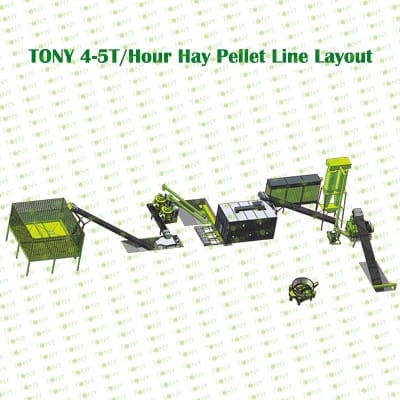 |

How to use TONY pellet line to proceed from hay into pellets? It Mainly Contains The Following Steps And Machines As Following: 1.To Use TONY Straw Cutter To Grind Hay Balesφ ≤2500mm Into 60-70mm Pieces. 2.To Use TONY Dual Shaft Hammer Mill To Crush 60-70mm Bigger Pieces Into 8-14mm Sawdust. 3.To Use TONY Galvanized Hydraulic Silo To Store Pulverized Sawdust 4.To Use TONY Vertical Ring Die Pellet Machine To Products Pellets With φ6-8mm. 5.To Use TONY Pellets Swinging Screen To Screen Finished Pellets. 7.To Use Cooling Bin To Cool Pellets From 80-90℃ To 20-30℃. You Can Contact TONY To Get For More Details Information And quotation. TONY Can Supply You All The Products As Above With Competitive Price And Excellent Quality. |
| ||||||||||||||||||||||||||||||||||||||||||||||||||

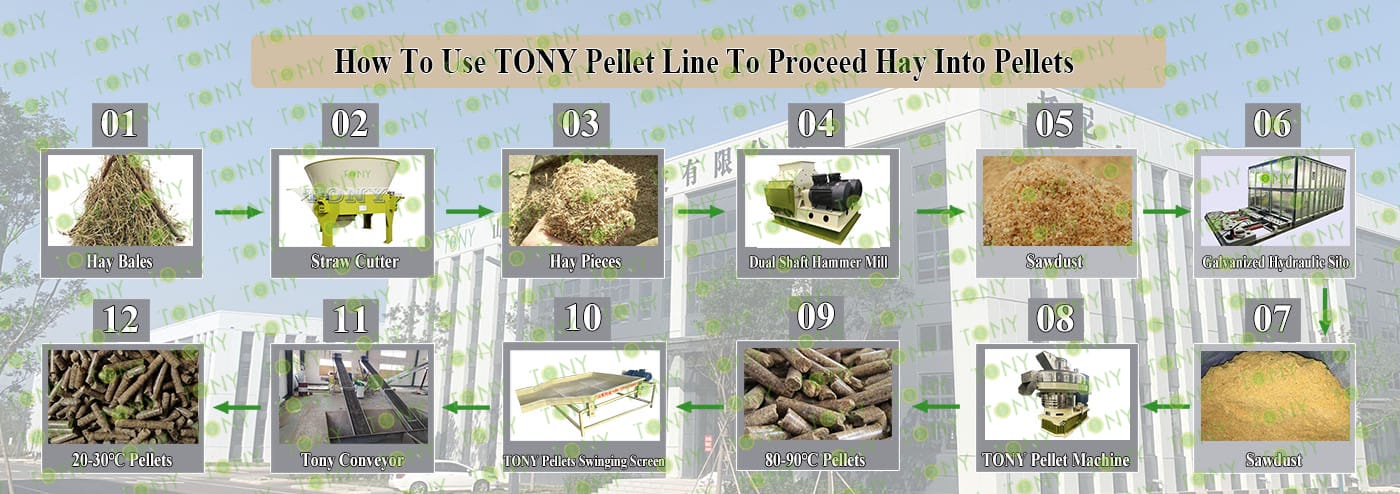


Following TONY Will Introduce For You For All The Necessary Machinery That Will Be Used For The Whole Pellet Production Line. Some machines can be custom made by customer according to different customer's detailed demand.Contact TONY for more details with quotation and layout.
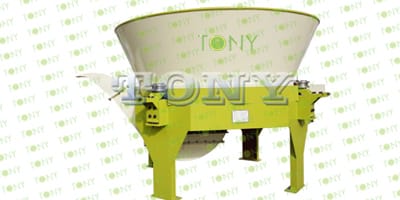 | 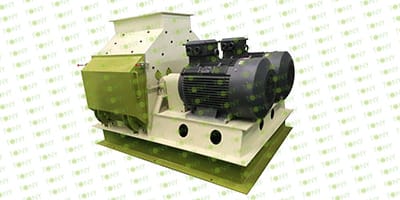 | 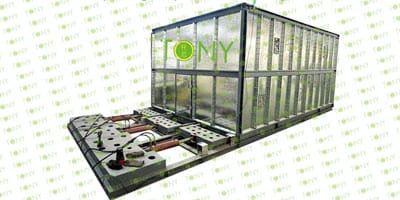 | 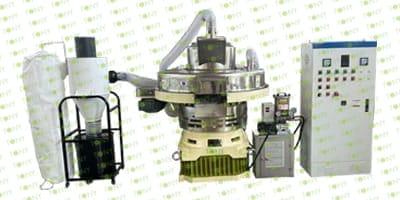 |
Straw Cutter | Dual Shaft Hammer Mill | Galvanized Hydraulic Silo | Vertical Ring Die Pellet Machine |
1.To Grind Hay Bales Diameter <2.5m Into 60-70mm Pieces 2.Model: TPX3000-2blades-24hammers 3.Capacity: 6-12Ton/Hour/Sets | 1.Crush 60-70mm Pieces Into 8-14mm Sawdust. 2.Model: TFD75*75 3.Capacity: 4-5Ton/Hour/Set | 1.To Store Pulverized Sawdust 2.Model: TCY-80 3.Capacity: 4-5Ton/Hour/Set | 1.Model: TYJ551-Ⅲ-132KW*2 Sets 2.Capacity: 2-2.5Ton/Hour/Set 3.New 304SS Type |
 | 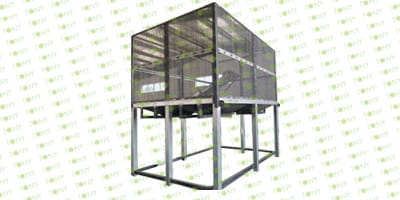 | 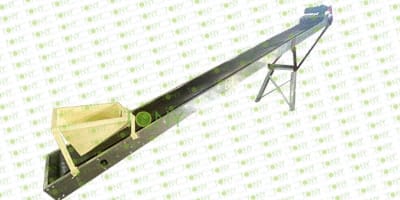 | 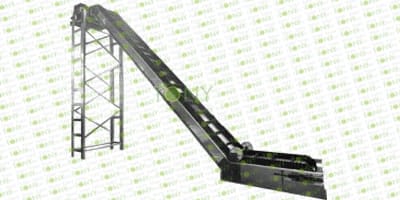 |
| Pellets Swing Screen | Cooling Bin | Belt Conveyor | Angle Belt Conveyor |
1.To Screen The Formed Pellets 2.Model: TYS-1 3.Capacity: 4-5Ton/Hour | 1.To Cool Pellets From 80-90℃ to 20-30℃ 2.Customers can make their own processing | 1.Transport Pieces,Sawdust,Pellets. 2.Width: 60cm *7 Sets 3.Capacity: Designed With The Whole Line | 1.Transport Pieces,Sawdust,Pellets. 2.Capacity: Designed With The Whole Line |

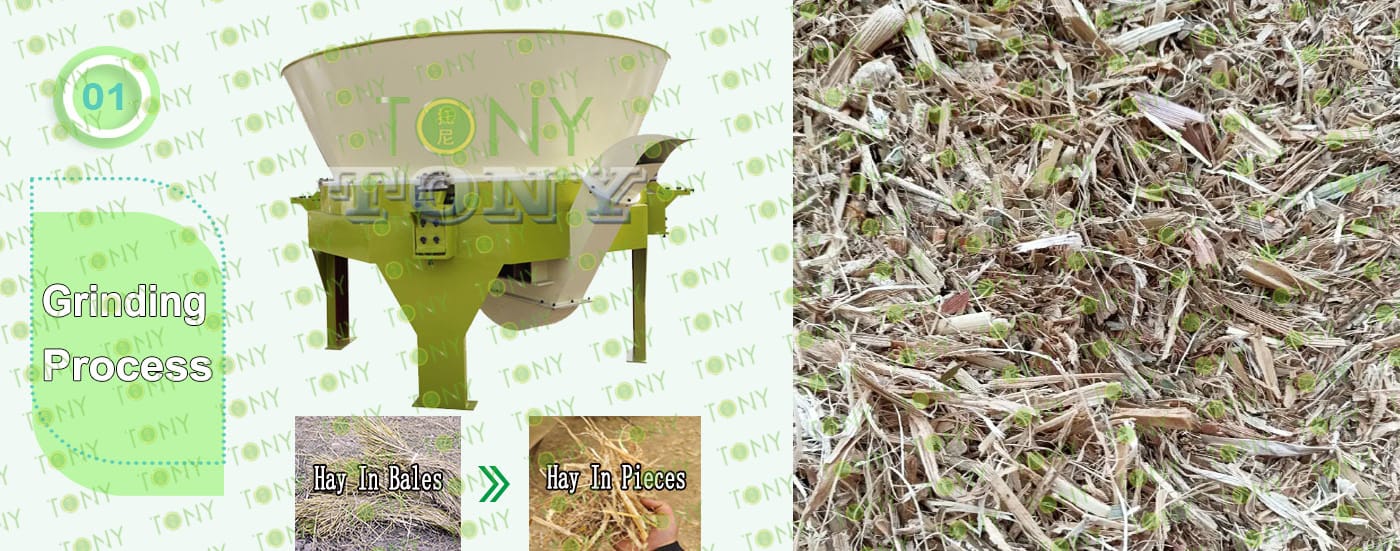
1.Grinding Process: A.The process is mainly used to grind Hay bales within 2.5m in diameter into Hay pieces. The rotary cutting mode of the outer chain of the gear, the rotary cutting rotor blade is sharp, and the blade types are various, which can be rotated to cut various bundles ofHay with different diameters, different thicknesses, different lengths and different water contents B.This customer use TONY Brand TPX3000 model with 2 hard blade and 24 hammers Main Parts: (1) TONY's new rotary cutting machine (2) Turntables that can store large quantities of materials (3) High-quality brand motor, strong power (4) Electronic control system allows the equipment to be used normally (5) Contact TONY for more details with quotation |

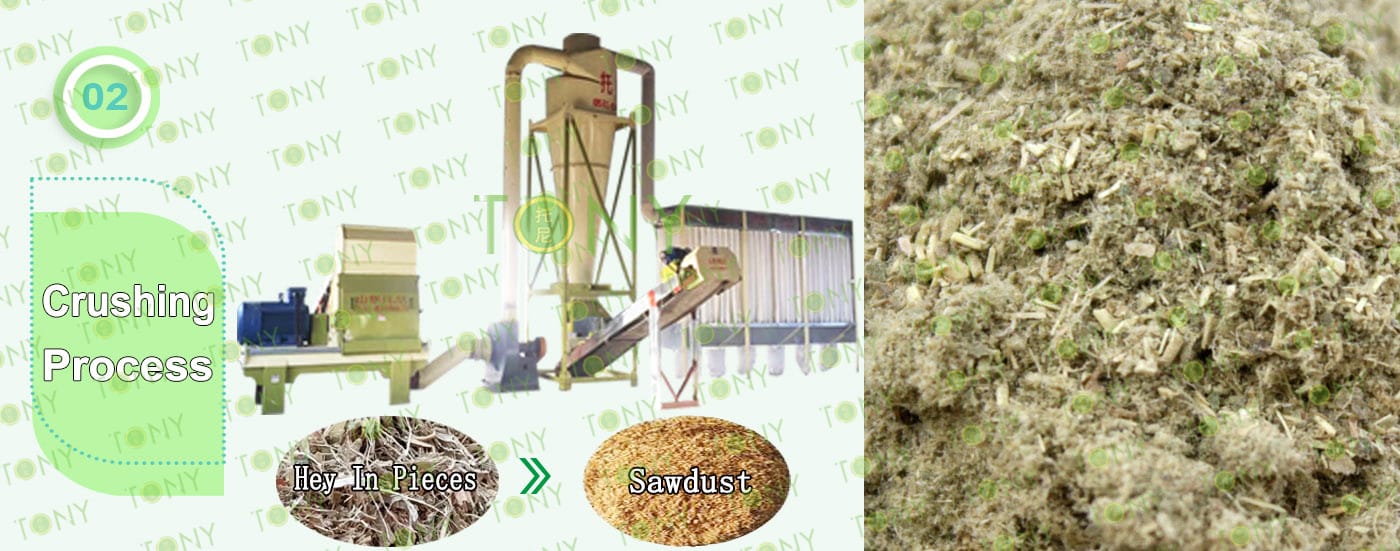
2.Fine Crushing Process: A. The process is mainly used to crush 60-70mm hay pieces into 8-14mm sawdust. B.Capacity: 4-5 tons/hour. C.TONY use dual shaft hammer mill TFD75*75-75KW*2-1Set. Main Parts: (1) TONY dual shaft hammer mill. (2) Galvanized dust collector. (3) Sawdust conveying fan. (4) Cyclone with airlock. (5) Electrical cabinet. |
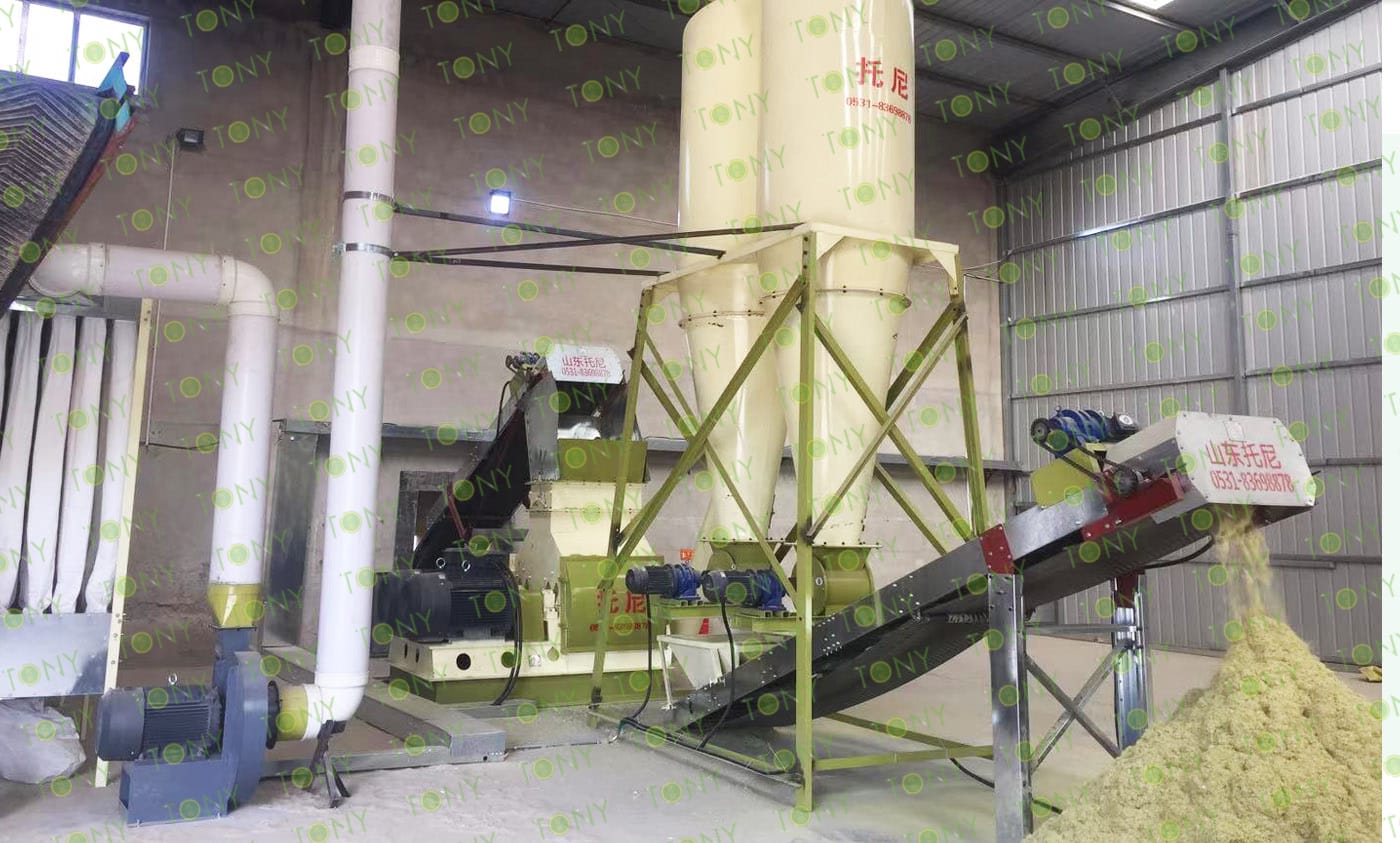

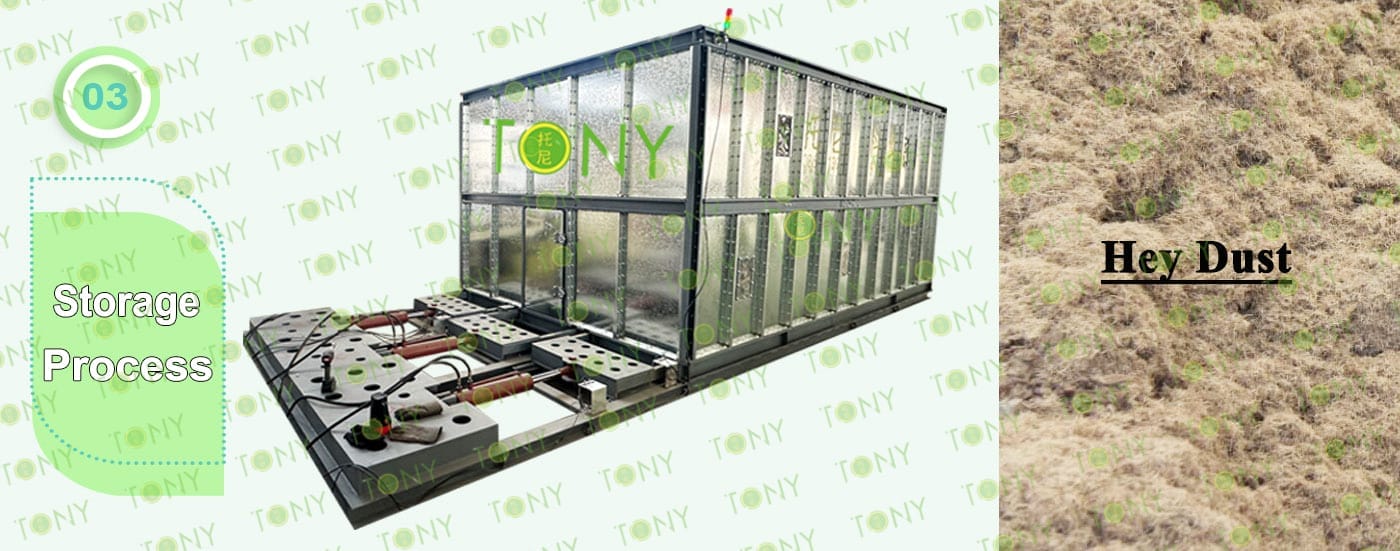
3.Sawdust Storage Process:
A. This process is mainly used to Storage sawdust
B. TONY Chose 1Sets Of TONY Galvanized Hydraulic Silo
Main Parts:
(1) TONY's new Galvanized Hydraulic Silo
(2) Hydraulic system
(3) El. Cabinets
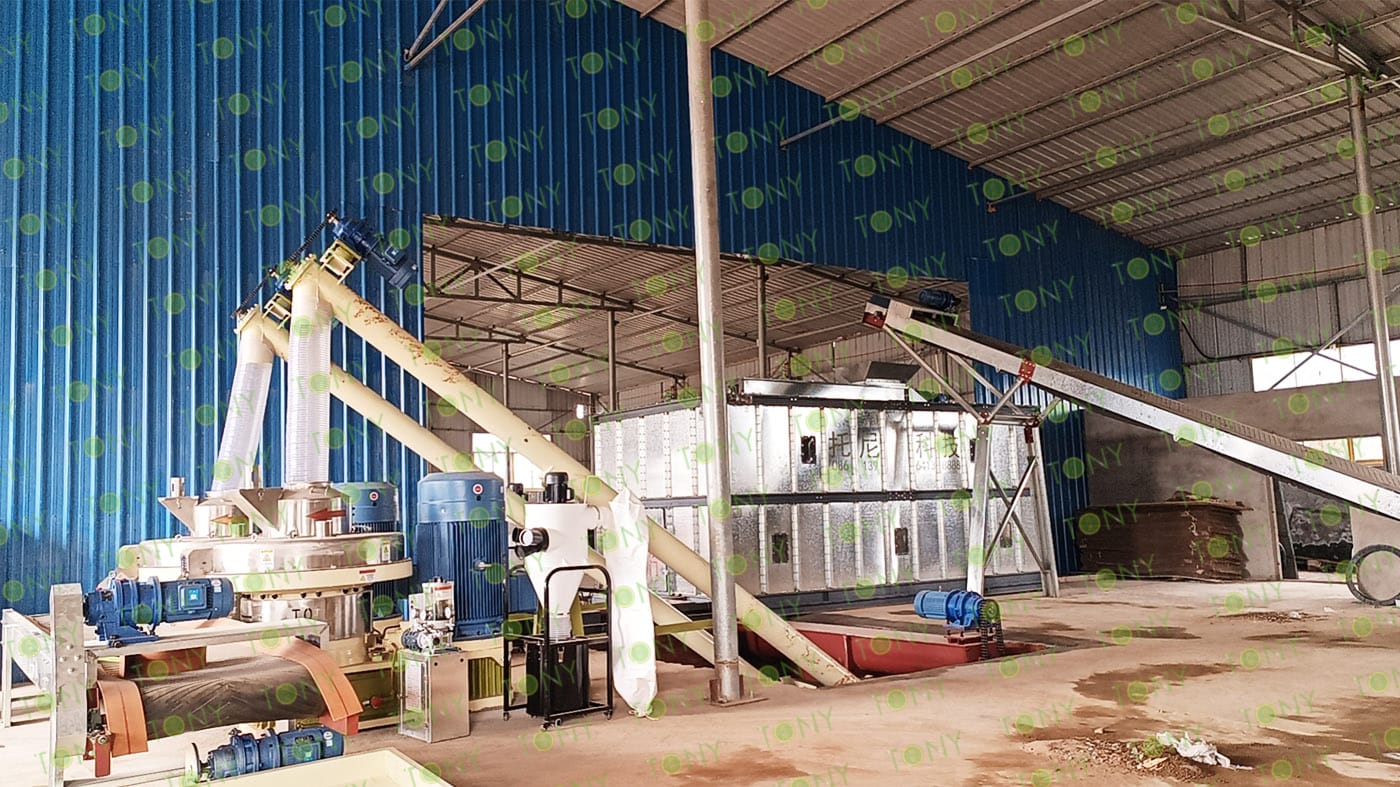

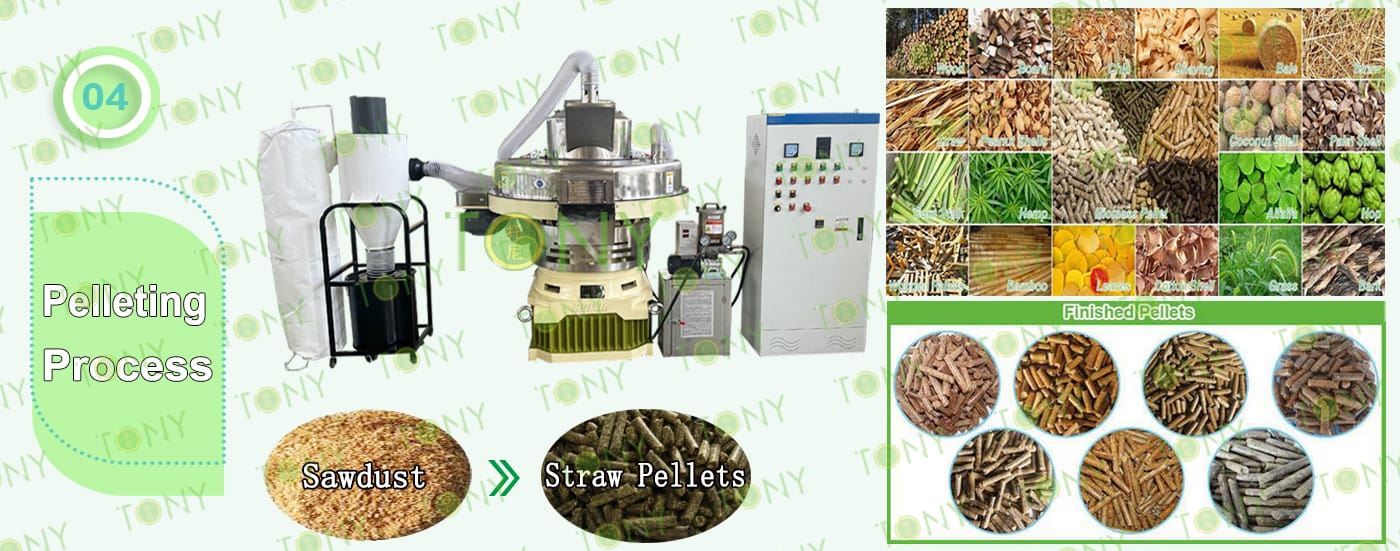
4.Pelleting Process: A. This process is mainly used To Products Pellets With φ6-8mm. B. Biggest Capacity: 2-2.5 Ton/Hour/Set. C. The Customer Chose 2 Set OfTONY Brand Vertical Ring Die Pellet Machine TYJ551-III-132KWTotal Capacity 4-5 Ton/Hour. Main Parts: (1) TONY's new vertical ring die pellet machine. (2) Cyclone and bags dust collectors. (3) Bearings automatic lubrication system. (4) Electrical cabinets. You can choose TONY new type SS304 pellet machine or old type MS pellet machine. |
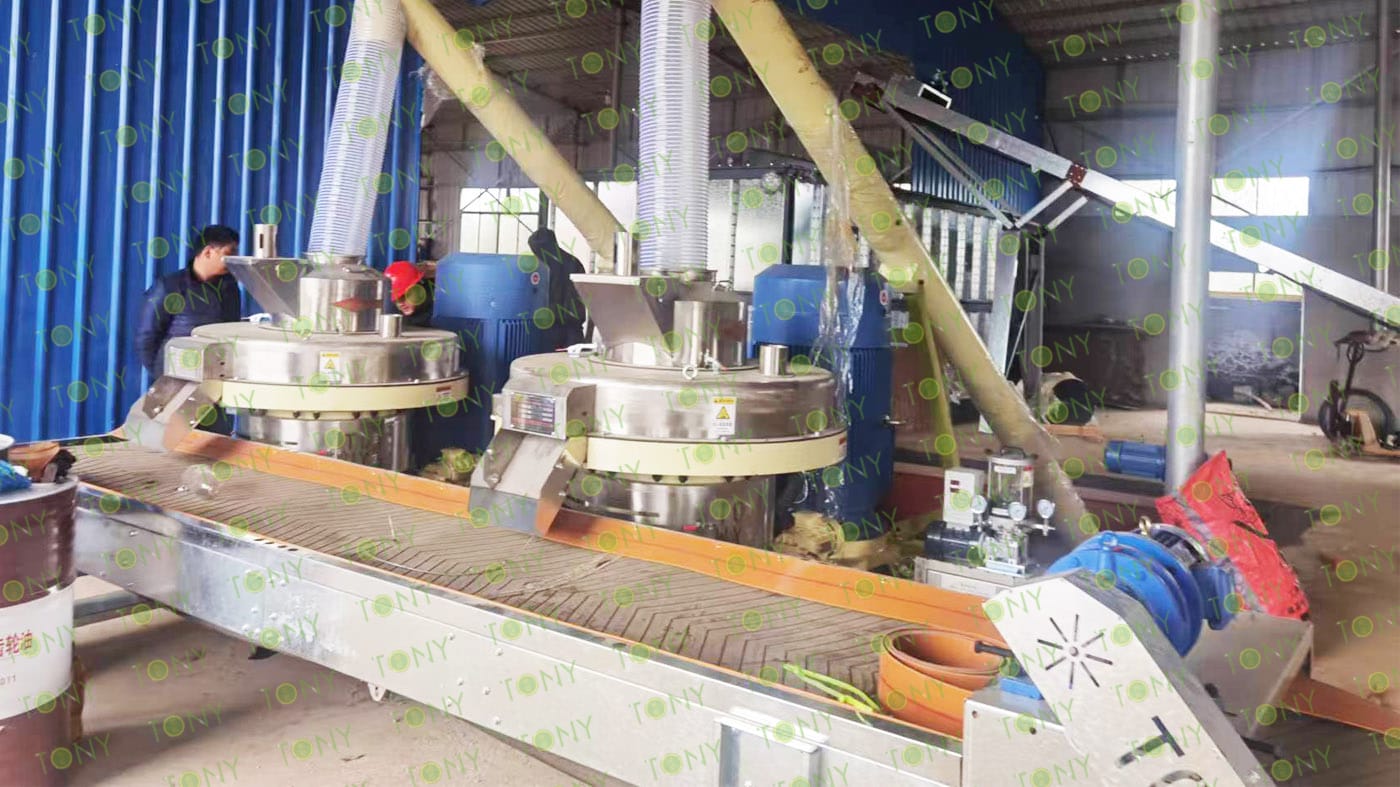

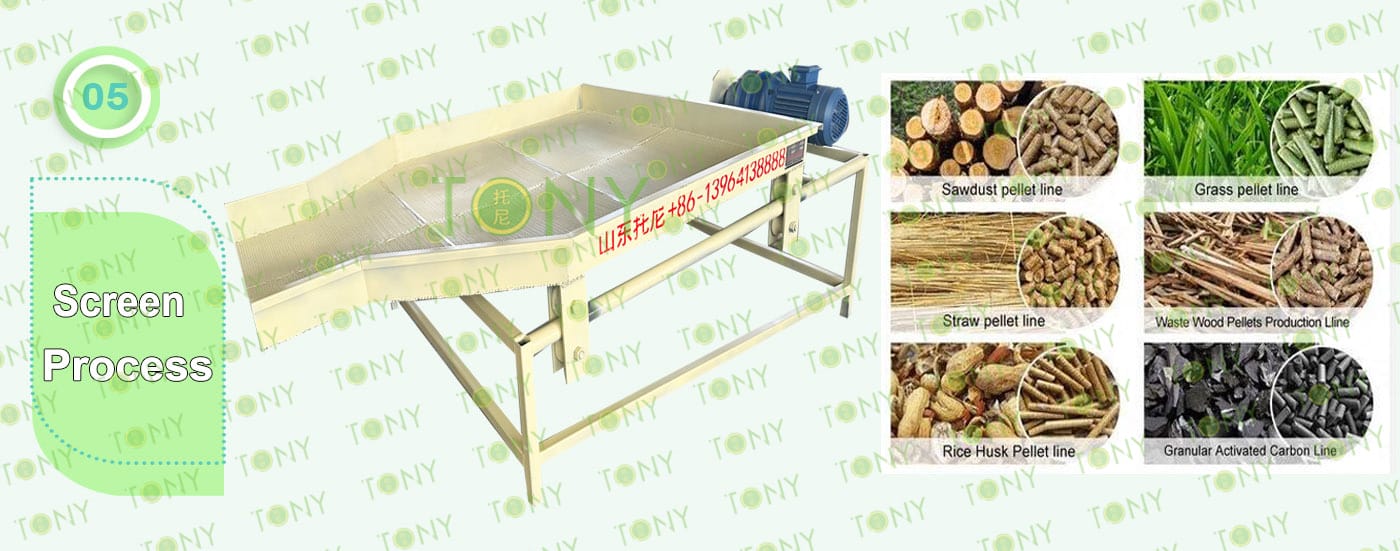
5.Screening Process:
A.This process is mainly used to separates the finished pellets from the doped wood chips
B.The Customer Chose 1Set Of TONY Pellets Swinging Screen
Main Parts:
(1) TONY's new Pellets Swinging Screen
(2) Thickened screen
(3) Electrical cabinets.
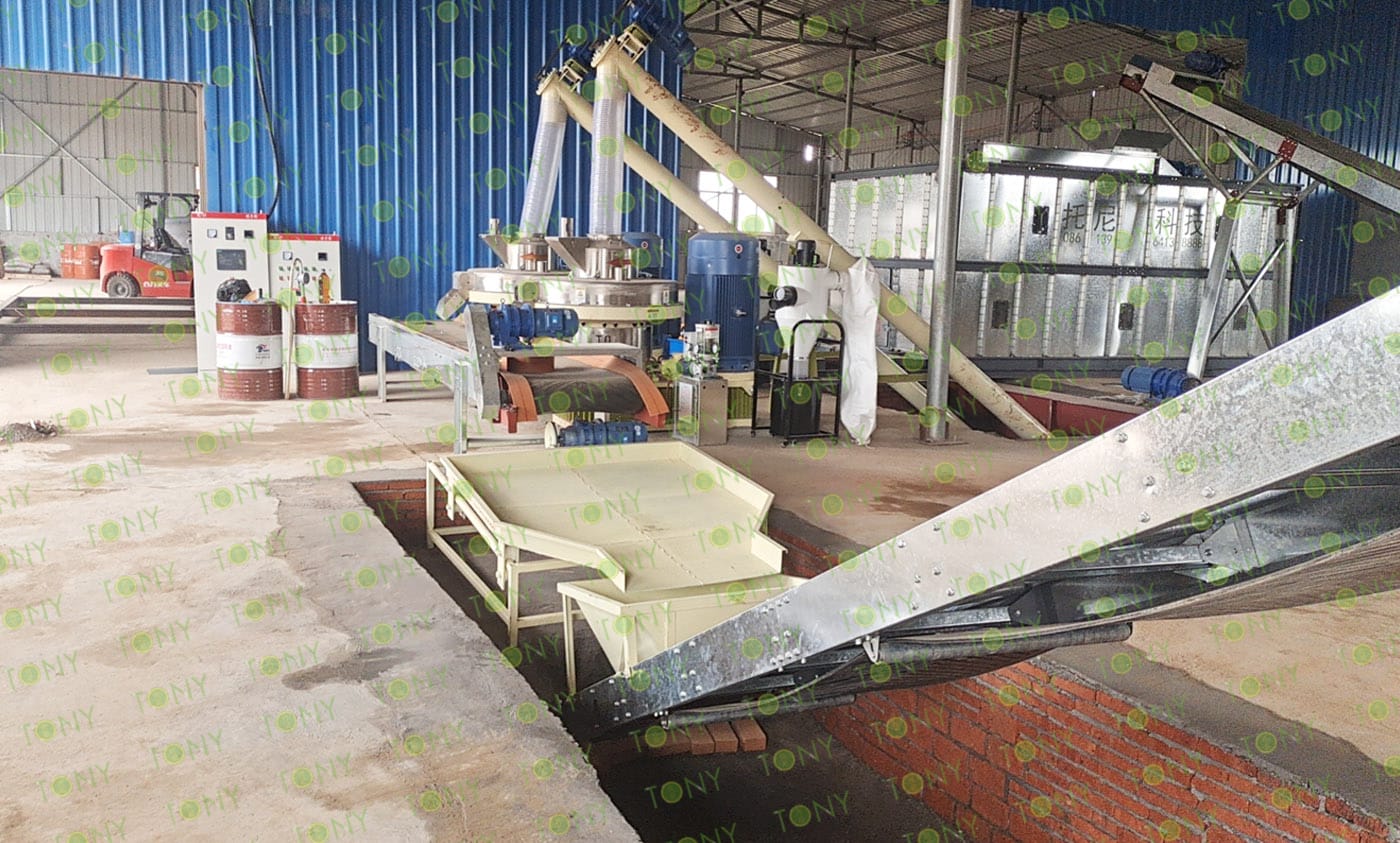

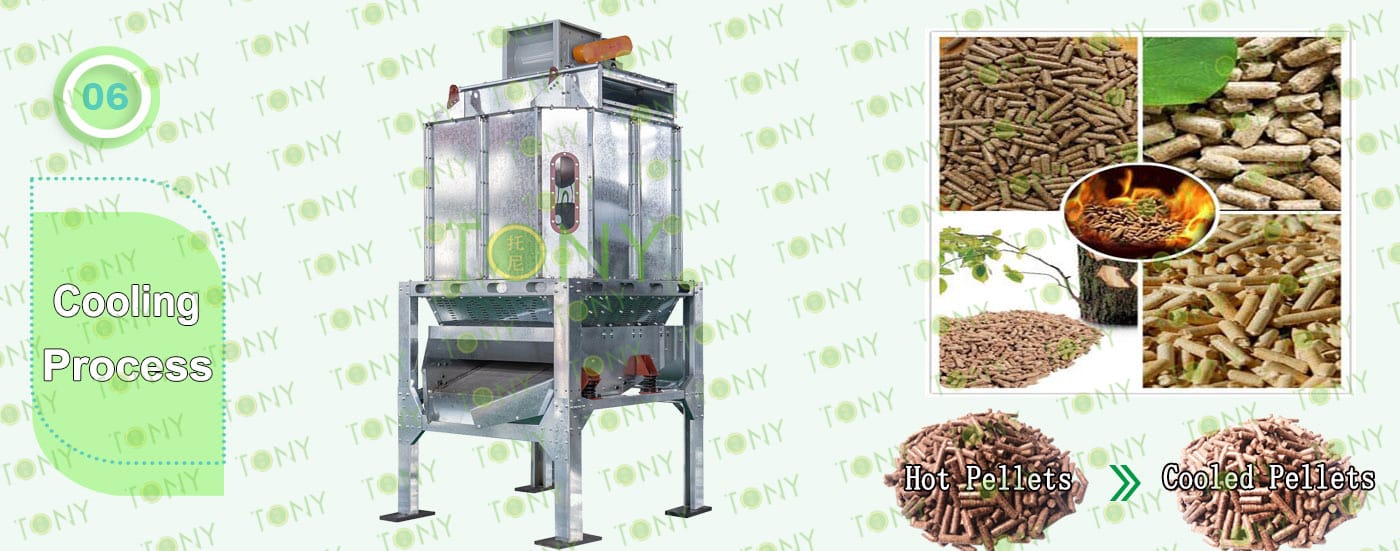
6.Cooling Process:
A.This process is mainly used to To Cool Pellets From 80-90℃ to 20-30℃
B.The Customer Chose 1Set Of Cooling Bin
Main Parts:
(1) Cooling bin
(2) Lower with discharge port
(3) The process is simple, and customers can process it themselves to save costs
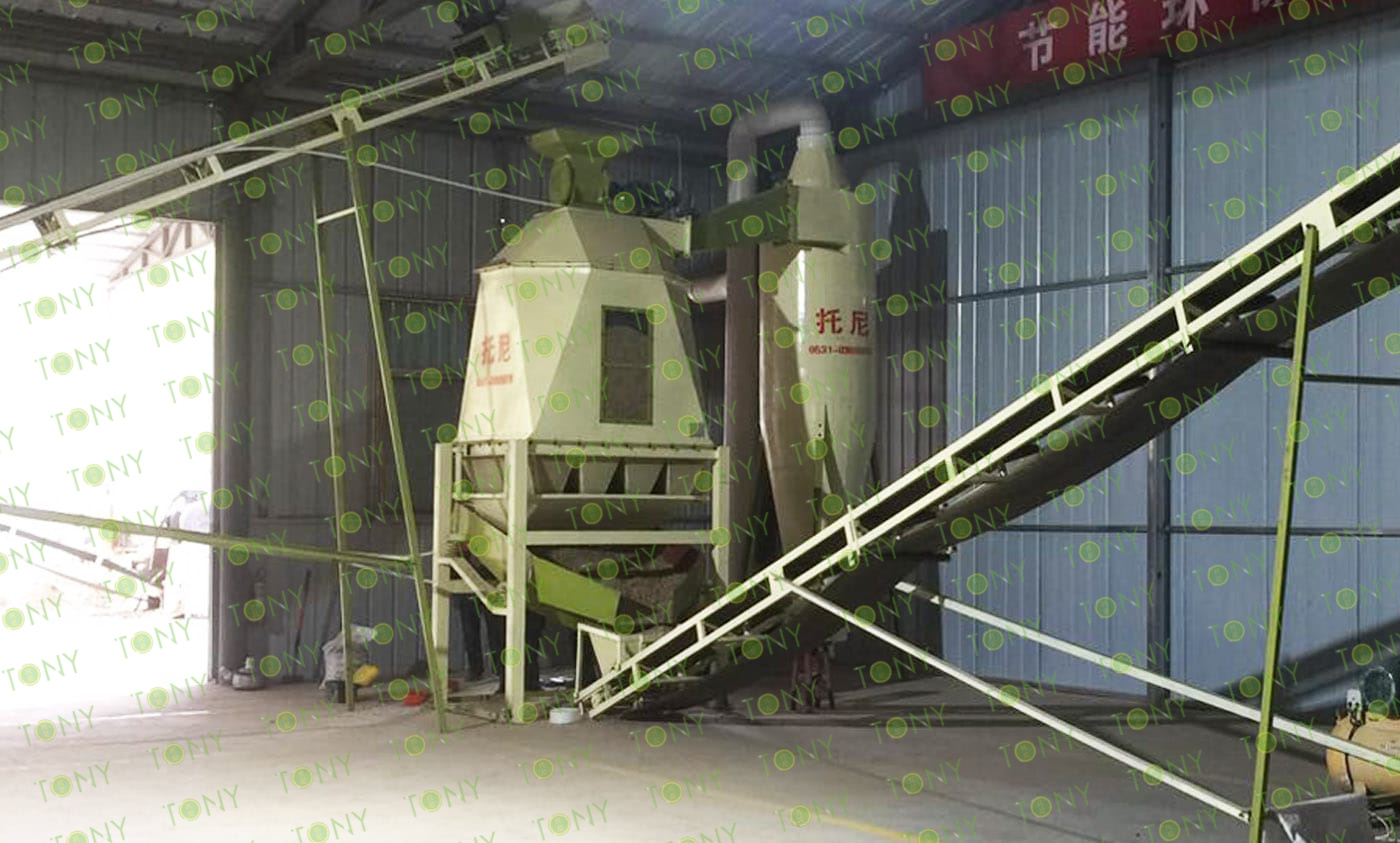

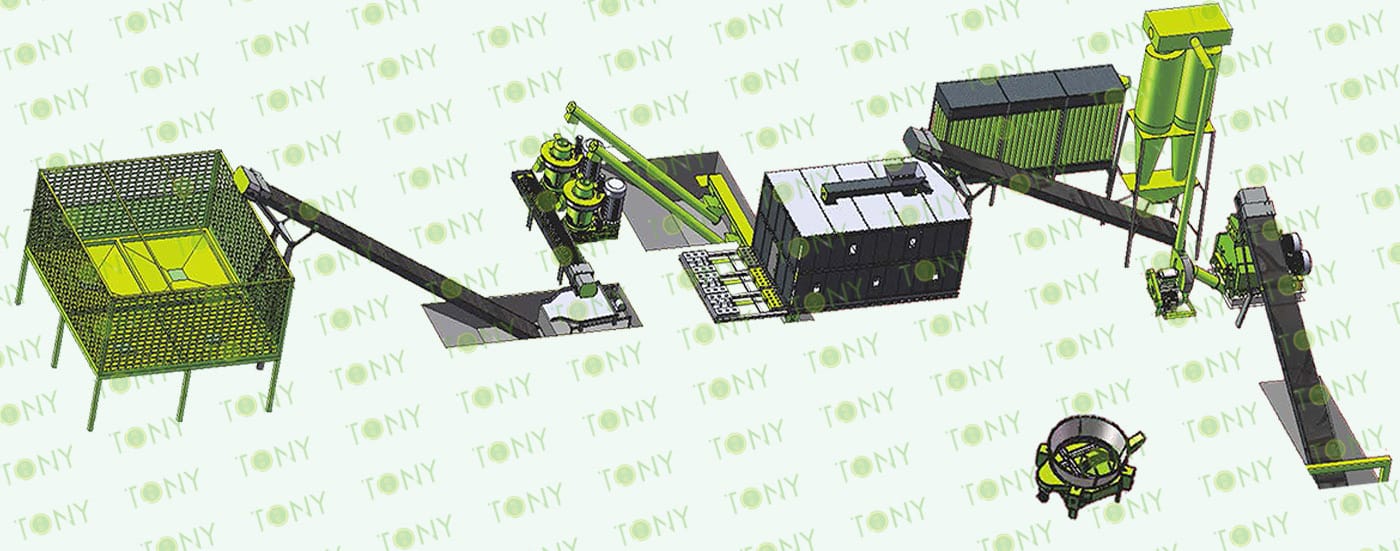


Advantages of Hay as biomass pellet fuel:
1. Widely Used:
It is the best product to replace electricity, fuel oil, gas and coal. It is widely used in industrial boilers, biomass gas furnaces, biomass fuel pellet boilers, etc.
2. Clean And Pollution-Free:
Hay biomass pellet fuel itself meets the requirements of energy conservation and emission reduction. After coal is burned in the boiler, it emits a lot of fly ash, slag, sulfur dioxide and carbon dioxide, of which fly ash sulfur dioxide is the main air pollutant, slag occupies a large amount of land area, carbon dioxide is the main greenhouse gas, and the boiler using hay biomass pellet fuel can minimize the emissions of these substances.
3. High Utilization Rate:
Hay biomass particles, high product density, long combustion time, small ash, large heat, content and carbon dioxide emissions have reached the national standard, uniform size of biomass particles, and greatly reduced the amount of blowing and leakage when burning in the boiler; Particle compaction is easy to fire and burn out, and the carbon content of boiler slag is close to zero. The use of biomass fuel can reduce the air excess index of the boiler, reduce the ventilation resistance of the boiler bed, reduce the power consumption of the fan, reduce the smoke loss, and improve the efficiency of the boiler.
4. The Calorific Value Is Equivalent To The Second Class Coal:
The combustion value of hay biomass particles is high, and can be almost completely burned, the combustion is very full, almost no ash and slag, the combustion value of the second class coal is generally 5100 kcal, and can not be completely burned.

 Under the current technical and economic conditions, the development of biomass pellet fuel, replacing and saving fossil energy, is conducive to improving the energy structure, reducing carbon dioxide emissions, alleviating and coping with global climate change, and has obvious advantages in energy saving, environmental protection and economy compared with burning raw coal. Biomass pellet fuel industry is the best meeting point and cutting point for low-carbon economic development and clean energy substitution. Biomass pellet fuel can make wood, grass, straw and other biomass and coal resources can be converted on the spot, not only to reduce the transportation pressure, but also to achieve high value utilization of agricultural resources. The energy saving and environmental protection benefits are considerable, the application field is wide, and the market prospect is very broad.
Under the current technical and economic conditions, the development of biomass pellet fuel, replacing and saving fossil energy, is conducive to improving the energy structure, reducing carbon dioxide emissions, alleviating and coping with global climate change, and has obvious advantages in energy saving, environmental protection and economy compared with burning raw coal. Biomass pellet fuel industry is the best meeting point and cutting point for low-carbon economic development and clean energy substitution. Biomass pellet fuel can make wood, grass, straw and other biomass and coal resources can be converted on the spot, not only to reduce the transportation pressure, but also to achieve high value utilization of agricultural resources. The energy saving and environmental protection benefits are considerable, the application field is wide, and the market prospect is very broad.
1. Resource advantages of hay biomass pellet fuel
The main raw materials of hay biomass pellet fuel are hay, grass, dead grass, alfalfa and so on. Grass is a very abundant renewable biomass resource on the earth. Among them, in addition to being used as fertilizer, feed, fuel, planting edible fungi base material, paper and other industrial raw materials, a large number of waste, incineration and other behaviors cause waste of resources, which is not conducive to the conservation and recycling of agricultural resources. In the process of hay regeneration and utilization, the C02 emitted reaches carbon balance with the C02 absorbed by the grass regeneration, which has the role of zero C02 emission, and has potential contribution value to the mitigation and final solution of the greenhouse effect
2. Industrial prospect of biomass pellet fuel
World economic development is still heavily dependent on coal consumption. However, the non-clean mining and utilization of a large number of coal has brought serious environmental pollution, which has become a major problem that restricts the sustainable development of our country. 70% of NOx emissions are caused by coal combustion, and more than 70% to 80% of mercury is mainly from the flue gas emitted by direct coal combustion. The development of biomass pellet fuel technology can control C02 and S02 emissions. Compared with raw coal combustion, biomass pellet fuel can improve combustion efficiency and reduce pollution, and has entered the commercial production stage.

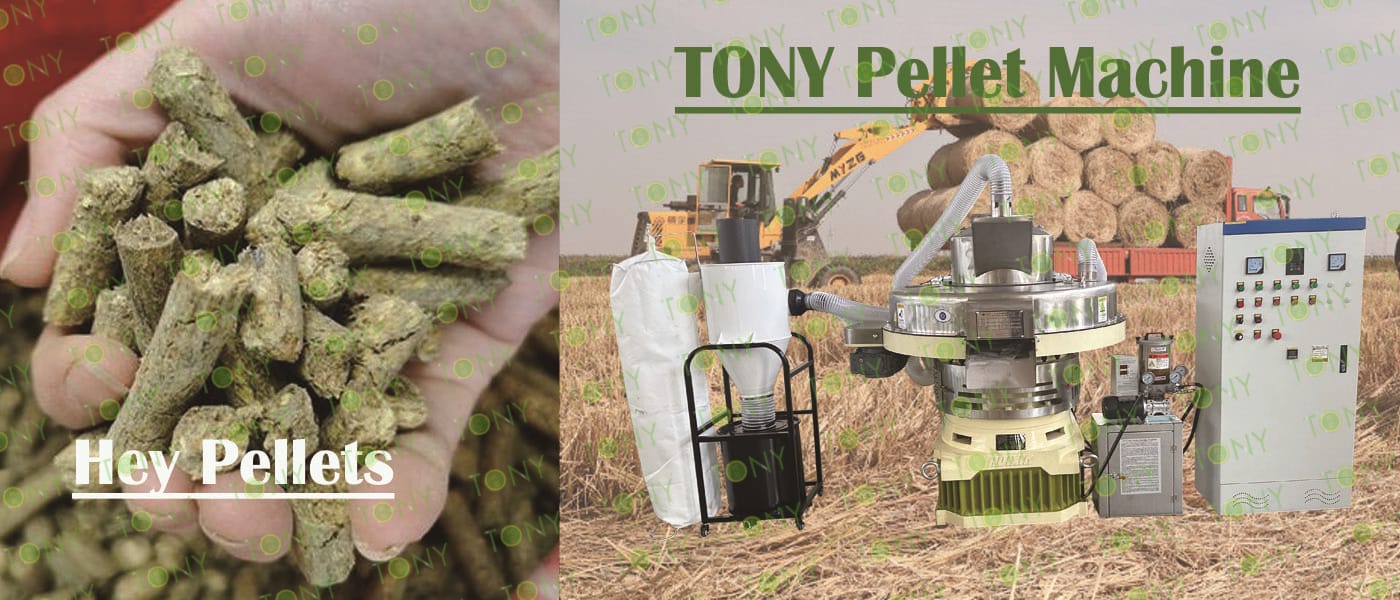
Deep processing of rural weed pellets: using natural resources to create new industries
I. Harm And Utilization Of Weeds
In rural areas, weeds are a common problem. The long-term existence of a large number of weeds not only affects the soil of farmland, but also threatens the growth of crops, seriously affecting the development of agriculture. Therefore, how to deal with the weed problem has become an urgent problem to be solved.
At the same time, weeds are also a potential resource. Using scientific and reasonable methods to utilize weeds can create many new values. For example, some experts believe that deep processing of weeds into pellets can be used as animal feed or feed mainly based on feed, which brings convenience to the breeding industry. At the same time, these weed pellets can also be used to produce energy, such as fuel, diesel, etc., which is a very promising direction.
II. Deep Processing Of Rural Weed Pellets
In order to convert weeds into usable resources, deep processing is required. The deep processing process of weeds mainly includes the following steps:
1. Shearing: Cut the weeds into small segments for subsequent processing.
2. Grinding: Grind the weed segments into granules.
3. Compression: Screen the particles and compress them through a press to reach a certain density
Through such deep processing, weeds can be converted into useful pellets.
III.Application Of Rural Weed Particles
The deep processing of rural weed particles can be applied to many fields, especially in agriculture.
1. Animal feed: Using rural weed particles as animal feed can not only reduce feed costs, but also increase the growth rate and meat quality of animals.
2. Fuel: Rural weed particles can also be used as fuel, and can generate electricity or provide heating through combustion.
3. Fertilizer: Weed particles are rich in various nutrients and can be used as raw materials for the production of organic fertilizers.
IV.Conclusion
With people's attention to natural resources and the enhancement of awareness of environmental protection, using rural weeds to create new industries is not only an environmentally friendly way, but also a sustainable development direction. We can transform weeds into useful particles by strengthening the deep processing of rural weeds, and apply them in animal feed, energy production and other fields. In this way, it can not only solve environmental problems such as rural weeds, but also create new industries and promote local economic development.

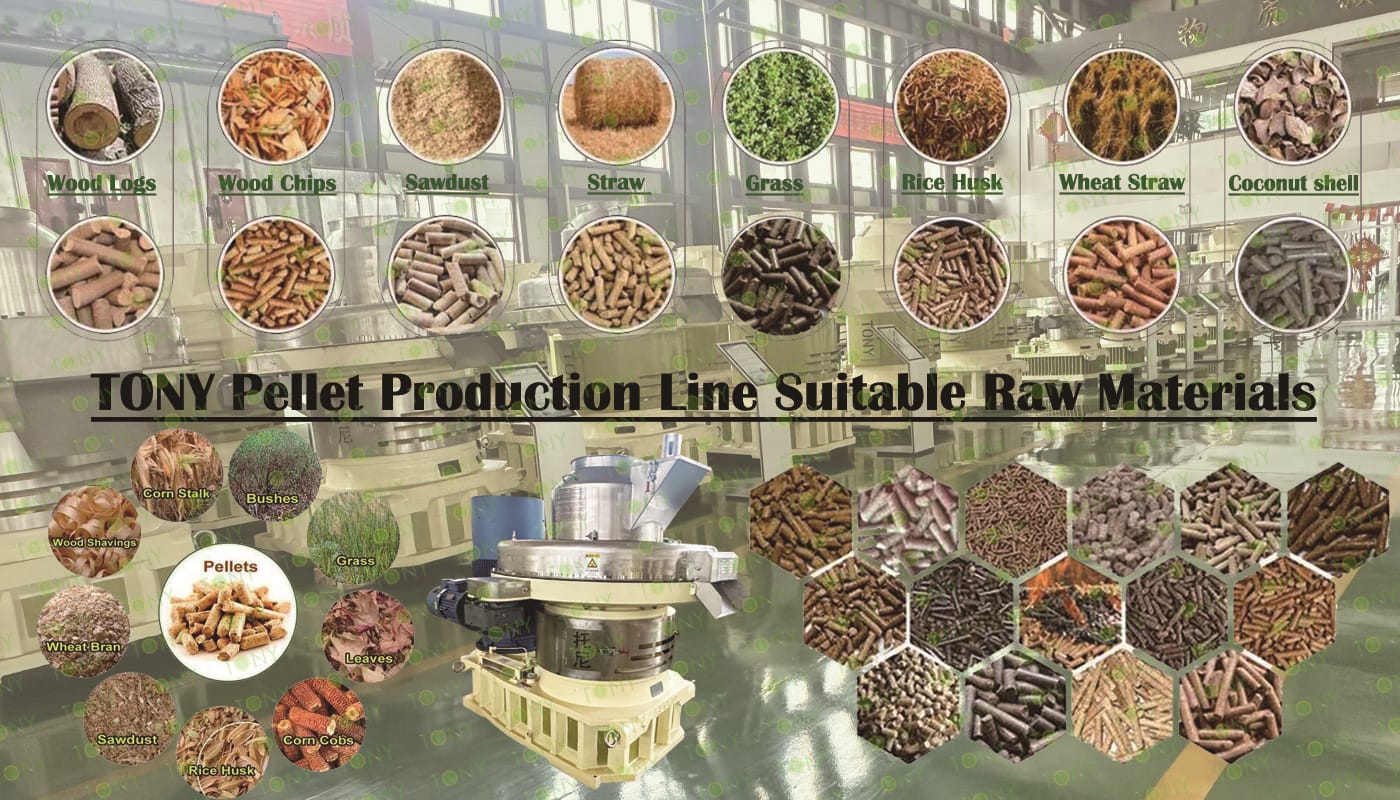
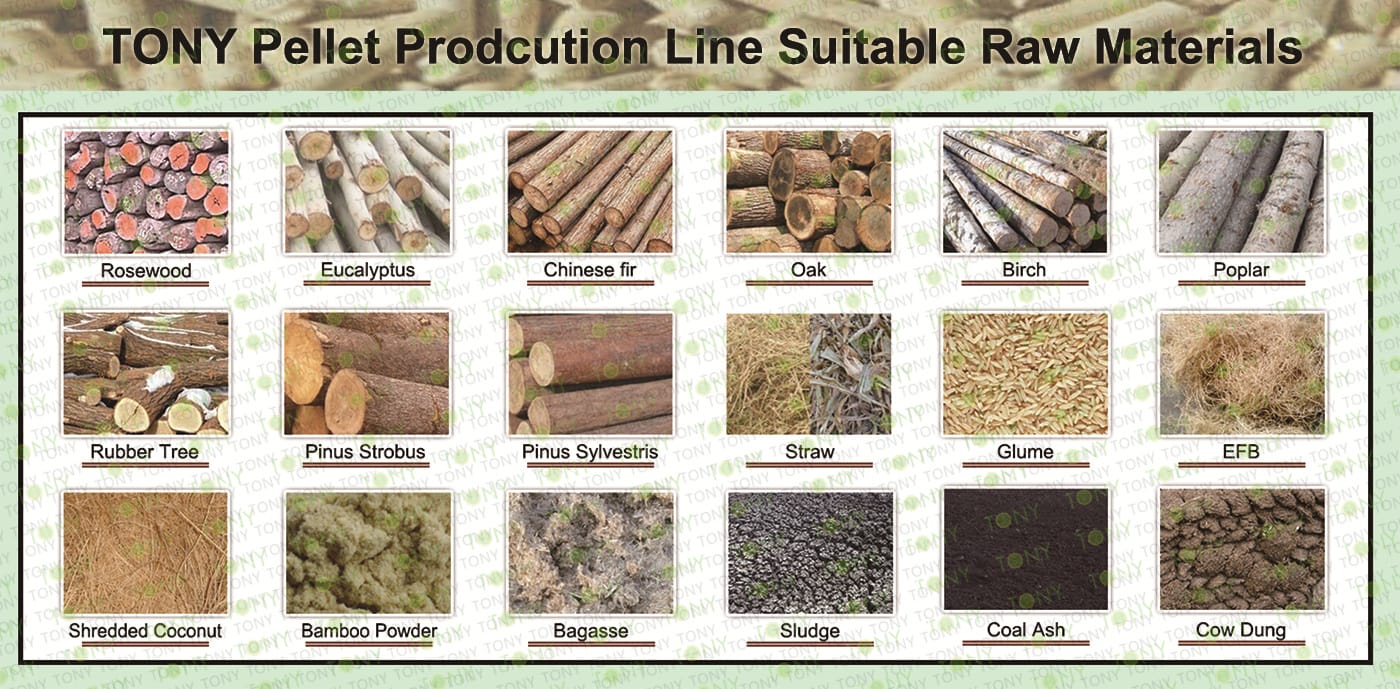




2025 Tony Machinery - All Rights Reserved. Map